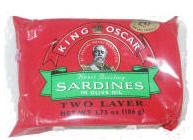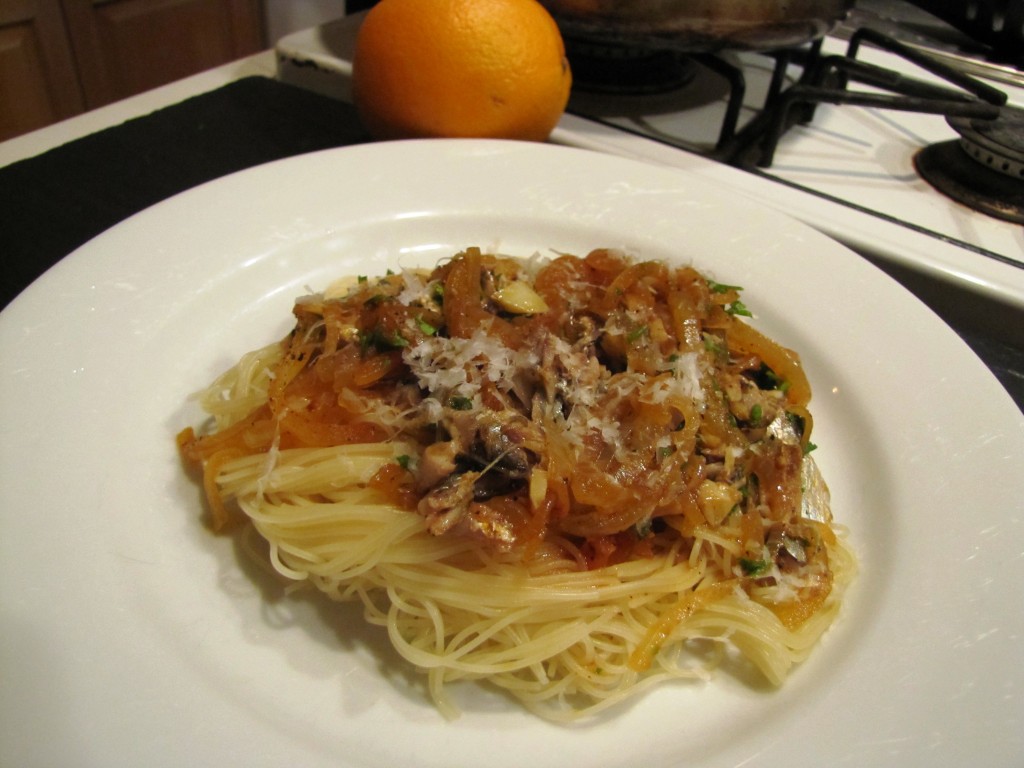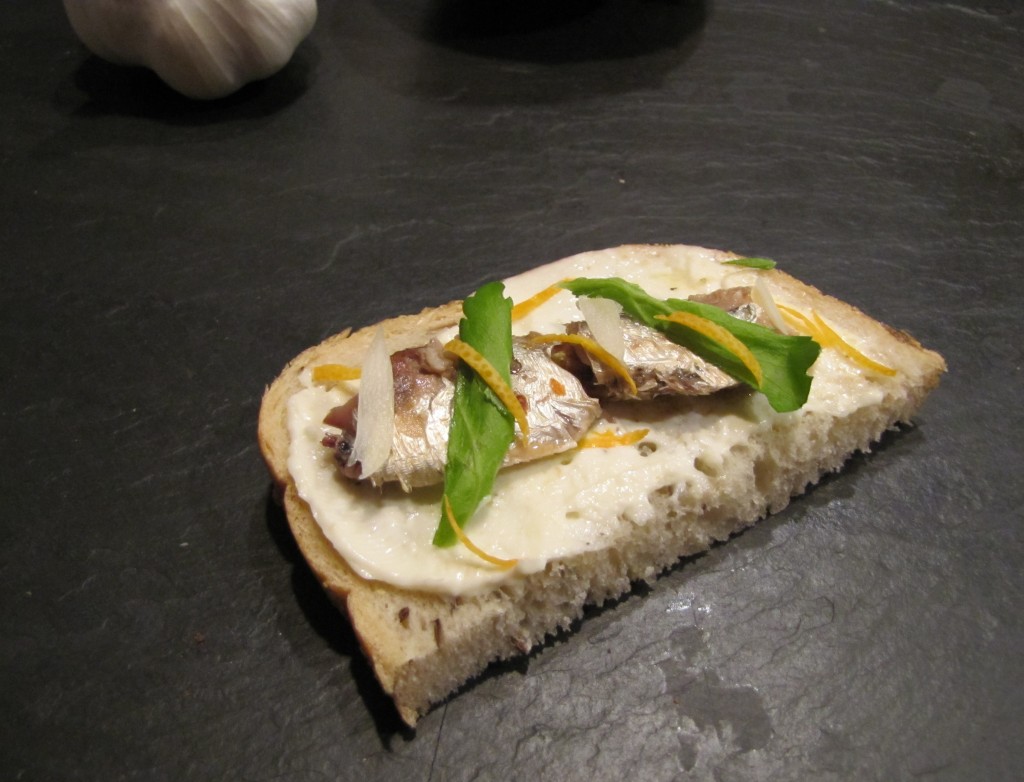
Macaroni and Cheese. Mac’n’Cheese. We ate it when we were little and we grew big. We ate it when we were sad and we grew happy. And big. Mac ‘n’ Cheese is as near to comfort food nirvana as it gets.
Recipe below
Variations on a Theme: No need to follow the recipe really closely – feel free to add, subtract, change. Most Mac’n’Cheese purists don’t like to add a lot of additional ingredients – just the pasta and the cheese. But that’s a purist view – you go ahead and do what you like. Just remember the two critical things about a great Mac and cheese:
- Don’t overcook the pasta
- It is not possible to use too much cheese


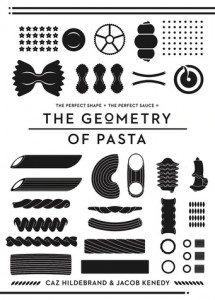
Pasta Shapes. Would you even think about using, say, spaghetti or fettucine for your Mac and Cheese? I doubt it. How about a little orrechiette (the ear-shaped pasta) or possibly some fusilli? Not likely! There’s a reason there are so many different pasta shapes. Sure, part of the reason is they’re just fun and if you were fooling around with a few hundred pounds of flour, water, salt and the occasional egg for hundreds of years, you’d be likely to come up with a few unusual shapes yourself.
But the real reason there are so many pasta shapes – well, renowned British chef Jacob Kenedy notes in his excellent book “The Geometry of Pasta” that Pasta has evolved over many hundreds of years in Italy and it’s taken a long time for them to work out what tastes best. The right combo of pasta shape and sauce can be an exquisite experience.
I *highly* recommend this book, not only for Kenedy’s (often-intricate) and unusual recipes, but for the simple purity that he brings to the notion of pasta with a saucing. Caz Hildebrand is a cookbook designer and his take – No Photos! – but rather beautiful, drawn-to-scale images of the different shapes, only adds savor and interest to Kenedy’s thoughtful descriptions and engaging recipes. Pasta morphology – who’d a thunk it was so important??
CalorieFactory Mac and Cheese (10 minutes’ prep, 10 minutes for sauce, 30 minutes in oven, disappears in 5 minutes on table)
In keeping with the concept of using pasta morphology to complement and enhance the sauce, may I suggest that the pasta shapes for a great Mac and Cheese might include:
- Historical American fave: The old standby, macaroni noodles. These are not, in my view, the optimal noodle, because they’re a little too small and tend to lie in the bed of cheesy wonderfulness and not soak too much up. But they work just fine.
- Editor’s choice: Penne rigate – this is my favorite shape. The medium-sized tubes are just the right size to each admit a dollop of cheese sauce, while the ridged edges tend to collect more sauce on their exterior. Those ridged edges also brown up beautifully on the top of the dish, lending visual (they’re brown!), tactile (they crunch!), and flavorful interest to the dish.
- Fast rising newcomer: Fusilli bucati – these spring-shaped babies form a spiral “hole” through their length and are excellent for holding and complementing the cheese sauce. Their spiral edges also brown up beautifully when baked
Ingredients
- One pound of your choice of pasta. I like Penne Rigate
- About 1.5 pounds cheese. Trust me. Remember the Rule “it is not possible to use too much cheese”. In addition to using cheese for the sauce, you’ll definitely want to layer a good deal of it on the top before you bake.
- There is a fairly large contingent of people who believe that – due to their artificially designed melting properties – American cheese or even Velveeta makes the best Mac and Cheese. I urge you to give these products a miss. Instead, try:
- Extra-sharp Cheddar. I live in the Northwest, and use Tillamook Vintage White Extra Sharp 2-year old white cheddar. If you’re fortunate enough to live in a place where Vermont’s remarkable Cabot Cheddar is available at a reasonable price, by all means, use Cabot Extra Sharp!
- A nice block of Fontina – Fontina’s warm, companionable nature marries beautifully with the more assertive Cheddars
- Parmesan, but be careful. Parmesan is a very strongly-flavored cheese that can overwhelm the gooey comfortableness you want. Used in small quantities, it can add to the savor.
- Jack cheese. A nice whole milk Jack, combined with an Extra Sharp cheddar, will give a silky mellowness to your Mac and Cheese sauce.
- Two cups whole milk (hey, you can use 2% if you want, but what’s the point?)
- 1/2 stick unsalted butter + about a tablespoon for buttering the baking dish
- Cornstarch to form a roux – should take about 4 Tablespoons or so
- Salt and pepper to taste
- 1 good sized shallot, minced
- 3 cloves garlic, minced
- Two tablespoons Dijon mustard. I used. . .Grey Poupon, but use any dijon you like. Feeling daring – use Coleman’s Mustard powder – about 3/4 teaspoon. Mix it with a little milk until it dissolves before adding it in. Definitely sharper and more assertive – some folks swear by it.
- Couple of pinches nutmeg. If you want to be formal, call it 1/8th teaspoon. Nutmeg is a potent flavor – you don’t really want to *taste* it so much as have it support the other ingredients.
-
2-3 Tablespoons vermouth or to taste (think cheese fondue!). Handy tip: 4 Tablespoons is 1/4 cup. I used 1/4 cup – I like the herbal flavor that vermouth adds.
- 1 teaspoon smoked paprika or 1 tablespoon mild Hatch chili powder. I tried the Hatch in this recipe the other night and it turned out beautifully.
- 1/2 cup or so Panko, a light flaky type of bread crumb that originated in Japan.
- Optional: a few dashes of Tabasco to taste. Jury’s out on this. I like hot food as much (or more) than the next person, but it’s hard to justify in a sweetly elegant Mac and Cheese.
- Medium sized glass baking dish, sufficient to hold all above. I use a square baking dish about 9″x9″, you can use anything of roughly this size
Preparation:
Preheat oven to 375, with the rack one up from the bottom level. Take the tablespoon of butter and butter your baking dish. I soften the butter in a microwave right in the baking dish, then smoosh it around the bottom and sides with my hand. Your hand is often the best tool.
Preheat the milk until it’s barely simmering (do not boil the milk!) in a separate saucepan. Grate all the cheese on the coarse side of a box grater on a large cutting board or into a good sized bowl. If using more than one cheese (which I recommend!), mix the different bits of grated cheese together with your hands. Put on a large pot of water to boil with two tablespoons of salt.
Mince shallot and garlic.
Heat a good sized frying pan over medium heat, cut the 1/2 stick of butter into 2 or 3 pieces and add to the pan. Swirl and/or stir the butter in the pan until it’s stopped foaming.
Add the shallot and cook, stirring frequently, for about 5 minutes, until soft and translucent. Add the garlic and cook for another minute or two until it’s fragrant. Cook with your nose. Add the mild Hatch chili (or smoked paprika) and stir it in thoroughly, stirring, for another 30 seconds or so.
Lower the heat a bit under the pan and add the cornstarch (about 1/4 Cup). Stir it lightly and quickly. The idea is to incorporate the cornstarch into the butter mixture. Once it’s incorporated, and there are no dry bits, keep stirring and moving it around for a few minutes until the “starchy” flavor is gone. Try to avoid having it turn brown by lowering the heat under the pan as necessary and stirring frequently. Now you’ve got a roux!
Slowly whisk in the preheated milk. Keep whisking. There will be little bits of roux here and there. Perhaps even big bits. Keep whisking. If you’ve got the wrist for it, you can do this with a good sized dinner fork. The bits will go away. You can turn the heat up just a bit. Keep whisking. Soon the mixture will begin to thicken nicely. At this point, add the mustard, nutmeg and about 2/3rds of the grated cheese (one pound), stirring well to incorporate and mix. Continue heating, stirring consistently, until the mixture is simmering and thick. Keep at a simmer for a few minutes, stirring occasionally, and put the pasta in the boiling salted water.
While the pasta is cooking, stir the cheesy roux and taste it. Add salt and pepper to taste. I used about a teaspoon of salt and 5-6 twists of freshly ground black pepper. Keep tasting it.
Cook the pasta until it’s not quite al dente. The pasta will continue to cook in the baking pan, will absorb more of the flavor, and have better texture if it’s not completely cooked before you pop it in the oven.
Drain pasta, add pasta to buttered baking dish.
Using a spatula or wooden spoon, pour and scrape all the cheese sauce from the sauce pan over the pasta in the baking dish. Gently stir to incorporate, making sure every piece of pasta is lovingly bathed in the sauce. Use the back of a spoon or fork to flatten out the surface neatly.
Evenly sprinkle the remaining shredded cheese atop the mixture. Evenly sprinkle the Panko bread crumbs atop that. Some people say to dot the top with little bits of additional butter. Go ahead if you like – I don’t – the panko absorbs a lot of oil and butter from the cheese and sauce.
Pop it into the oven. Set your timer for 30 minutes. Ovens vary wildly, so at around 20 minutes or so, start checking. You’re looking for the dish to be bubbling a bit and the top to have a nice brown color.
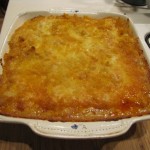
CalorieFactory Mac and Cheese
Once it looks something like the picture, turn off the oven and remove the dish. Put the dish on top of a cutting board or stove. Let it rest for about 6-8 minutes. This gives the molten materials time to settle back and makes it much easier to serve.
To serve: Run your spatula around the side of the pan to loosen any sticking bits. Cut into serving size chunks – again, use the edge of your spatula. Get the spatula nicely under the chunk, move the plate close and pop it on the plate.
CalorieFactory recommends: OK, sure, this is a pretty rich dish. But you can provide counterpoint by serving it with a side of lemon spinach. The short story (for four servings): About 12 oz. baby spinach leaves, 1/4 tsp. coarse salt (e.g. Kosher), Juice of half a lemon, pinch of brown sugar. Put the spinach in a glass bowl with a glass lid (or put a plate over the glass bowl). Add lemon juice, salt and sugar. Hold the lid – or the plate – firmly on the bowl and agitate around to coat the spinach leaves with the juice and seasoning.
Put it in the microwave for about 2 minutes, covered. Remove. Take a look, it should be cooked down to a small fraction of its original volume. If it is – great! Using a slotted spoon, serve it up. If not, give it another 20-30 seconds.
The spinach and lemon form a wonderful counterpoint to the Mac and Cheese. Taken together, these dishes offer Extreme Comfort and are endorsed by the American Society of Cardiologists.
Enjoy!

